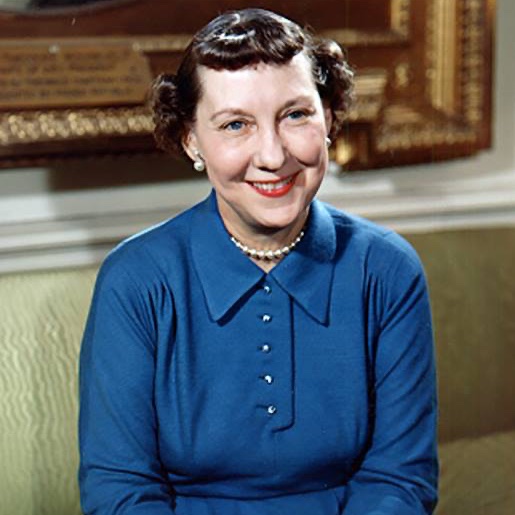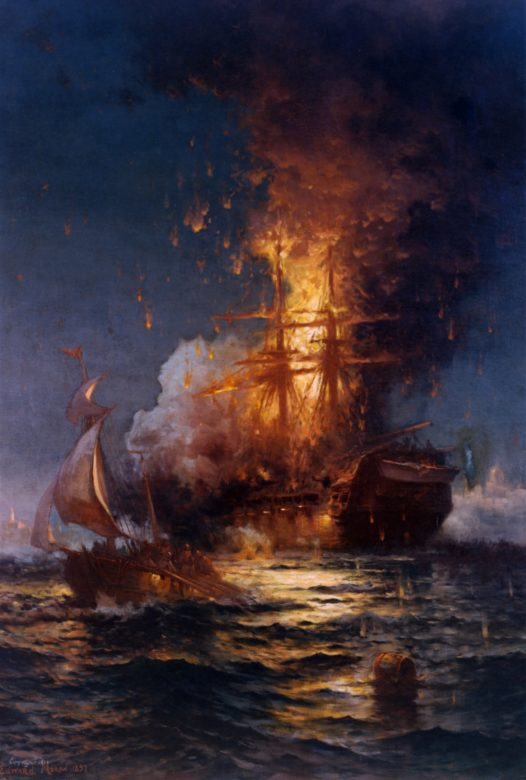Following the British burning of the White House in 1814, the house was reconstructed quickly. When President James Monroe moved into the unfinished White House in October 1817, he was tasked with refurnishing the residence. (1/12)
To demonstrate the grandeur and power of the young nation, Monroe sought many elegant pieces including French-made clocks, mirrors, a china dinner service, and perhaps most famously, the fifty-three-piece set of Bellangé furniture for the Oval Room (today’s Blue Room). (2/12)
This carved and gilded furniture suite was made by Pierre-Antoine Bellangé, who also made furniture for Napoleon. The suite was acquired by American agents Joseph Russell and John LaFarge after Monroe contacted the firm with a list of requests in April 1817. (3/12)
Although Monroe originally requested a mahogany suite, the agents commissioned Bellangé to make the furniture from gilded beechwood because as Russell noted, “mahogany is not generally admitted in the furniture of a Saloon, even at private gentlemen’s houses.” (4/12)
After the frames were made, they were upholstered in “crimson silk” and shipped from France to the United States. The total bill for this set and the other furnishings for the Oval Room totaled $18,417.17. (5/12)
Congress had only appropriated $20,000 for the entire house! By the time the home was completed, an additional $30,000 was required for the total costs of refurnishing. (6/12)
When the suite arrived at the White House, it was arranged along the walls of the Oval Room and featured two sofas, a pier table, two enclosed armchairs, eighteen armchairs, eighteen side chairs, four stools, six footstools, and two fire screens. (7/12)
The furniture was first upholstered with blue fabrics in 1837 during Martin Van Buren’s presidency. (8/12)
The furniture mostly remained in the Blue Room until President James Buchanan and his niece Harriet Lane sold the surviving pieces of the suite, except for the pier table, at public auction in 1860. (9/12)
Fortunately, efforts have been made to return this furniture to the White House and since 1961, seven of the original chairs, a sofa, and a fire screen have been returned to the modern Blue Room. (10/12)
The White House Historical Association has played an active role in acquiring and conserving these incredible pieces of history. The photographs below show the suite before and after the completion of a multi-year conservation project to restore the Bellangé furniture. (11/12) 



To learn more about the Bellangé furniture and explore more examples of decorative arts from the White House Collection, join us tomorrow, October 1, 2020 for The Decorative Arts in the White House Symposium.
RSVP here: crowdcast.io/e/decorativear… (12/12)
RSVP here: crowdcast.io/e/decorativear… (12/12)
• • •
Missing some Tweet in this thread? You can try to
force a refresh





















